Computers
On The First Day …
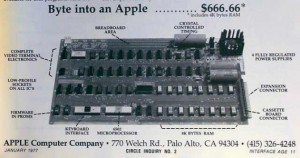 March 1, 1976
March 1, 1976
Steve Wozniak completes the basic design for the circuit board of a (relatively) easy-to-use personal computer. The next day he shows it to the Homebrew Computer Club, which Steve Jobs attends. Jobs realizes the potential and convinces Wozniak not to give away the schematics but instead produce printed circuit boards to sell. The two Steves form a company, which they name Apple, and Wozniak’s design becomes the basis of the Apple I computer. The rest, as they say, is history.
V.92 Introduced
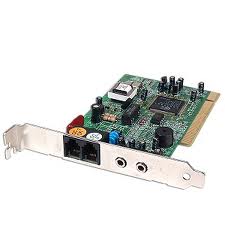 February 27, 2001
February 27, 2001
US Robotics introduces the V.92 modem standard. Given that broadband Internet had begun to take significant hold and that supporting V.92 required ISPs to upgrade their infrastructure, V.92 never really made much of an impact in the marketplace.
First Warrant to Search Computer Data
 February 19, 1971
February 19, 1971
The first warrant is issued to search a computer’s storage. The warrant allowed the searching of:
- Key Punch Computer Cards, punched with a proprietary remote plotting program
- Computer Printout sheets of a proprietary remote plotting program
- Computer memory bank and other data storage devices magnetically imprinted with the proprietary computer program.
This event would lead to increasingly sophisticated methods of encryption to hide computer files from law enforcement agents.
Windows 2000 Introduced
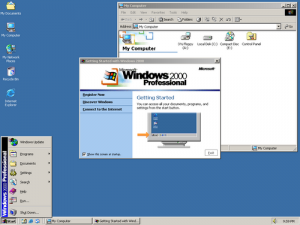 February 17, 2000
February 17, 2000
Microsoft introduces the latest version of the Windows NT line of operating systems, Windows 2000. While Windows 2000 did bring plug and play to the Windows NT line, it was targeted to the business market and not the consumer. It was not until Windows XP that Microsoft merged the NT line with the Windows 95/98 line. Unfortunately, Microsoft unleashed Windows ME upon unsuspecting consumers in the meantime. Sigh.
IBM Portable PC Introduced
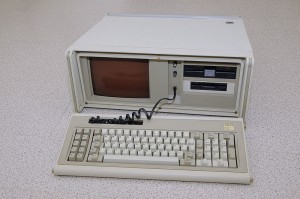 February 16, 1984
February 16, 1984
IBM introduces the IBM Portable Personal Computer, an early portable computer. It featured a 4.77MHz Intel 8088 processor, 256KB RAM, a 9 inch amber monitor, a 5.25″ floppy drive, and the DOS 2.1 operating system. It weighed 30 pounds and cost $2,795. Try setting that on your lap.
The First BBS Goes Live
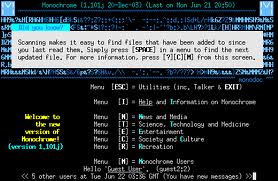 February 16, 1978
February 16, 1978
The first computer bulletin board system is created (CBBS in Chicago, Illinois). BBS systems were where a lot of us were first introduced to the concept of e-mail, years before the Internet went mainstream. OK, maybe not “a lot” of us. Just the geeky ones. In the time before computers were cool. Computers are cool now, aren’t they?
Windows Refund Day
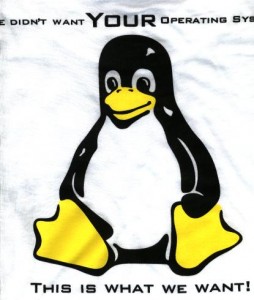 February 15, 1999
February 15, 1999
Hundreds of computer owners (dominated by Linux users) march on Microsoft’s offices demanding refunds for the copies of Windows that came pre-installed on their computers. This day came to be known as Windows Refund Day.
ENIAC Dedicated
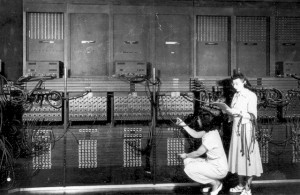 February 15, 1946
February 15, 1946
ENIAC, the first general purpose electronic computer, was formally dedicated at the University of Pennsylvania. It was one thousand times faster than electro-mechanical computing machines of the time, an increase in computing power that no machine has since matched.
The First Electronic Computer Unveiled
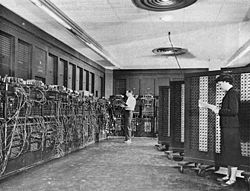 February 14, 1946
February 14, 1946
The much-anticipated ENIAC is unveiled at the University of Pennsylvania. Considered the first fully electronic computer (as compared to electro-mechanical designs) ENIAC calculated 5,000 operations per second — 1,000 times faster than its contemporaries. ENIAC occupied over 1,500 square feet of space, weighed 30 tons, and used 18,000 vacuum tubes. However, it couldn’t get YouTube.
1234567890 Day!
 February 13, 2009
February 13, 2009
Unix time passed 1,234,567,890 seconds at exactly 23:31:30 (UTC). Hey, geeks gotta have a reason to party too!
